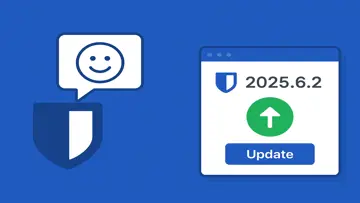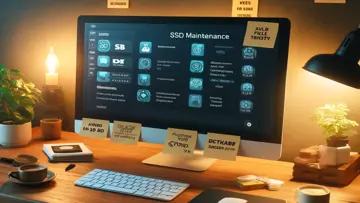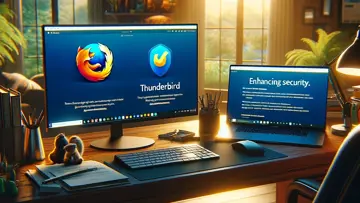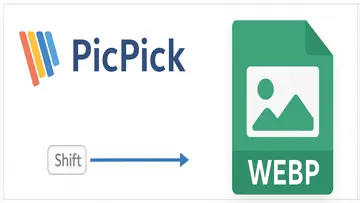24.3.1 Seguro para instalar
Explore the diverse ecosystem of experiments being researched on the International Space Station – both completed and ongoing. Investigate the results and benefits of many of the experiments and find out why performing research in a microgravity environment is so important. The Space Station Research Explorer provides current information on ISS experiments, facilities and research results through video, photos, interactive media, and in-depth descriptions.
The Experiments section offers access to the six main experiment categories and their subcategories. Experiments are depicted as dots within the category system, with stems connecting the dots to indicate the length of time the experiment spent in orbit. Users can delve deeper to view specific experiments within the categories and subcategories, or search for particular experiments or subjects using the search option. Experiment descriptions include links, images, and publications if available. The Experiments section can be further refined by selecting a specific expedition and sponsor using the dials at the top right of the screen. Experiments can be saved to a favorites list for quick access.
The Lab Tour section provides an interior view of three station modules: Columbus, Kibo, and Destiny, along with an exterior view of seven external facilities: ELC1-4, Columbus-EPF, JEM-EF, and AMS. Users can navigate module interiors by dragging up and down to view different sides of the module, and left and right to explore racks not shown on the screen. Tapping a rack provides a brief description of the rack and an experiment summary if available. For external facilities, the platform can be rotated and zoomed in. Payloads on external racks are labeled; selecting a label provides detailed information.
The Facilities section offers information on all facilities available on board the International Space Station for conducting experiments. The facilities are categorized into six types: Physical Science, Human Research, Biology and Biotechnology, Earth and Space Science, Multipurpose, and Technology Development and Demonstration. These include centrifuges, additive manufacturing facilities, and glove boxes.
The Benefits section highlights groundbreaking discoveries from the microgravity laboratory that benefit society, technologies tested for future space exploration, new scientific breakthroughs, and contributions to the expanding low-Earth orbit (LEO) economy.
The Media section contains links to science-related videos.
The Links section serves as an index of space station research sites and NASA applications.
Visão geral
Space Station Research Xplorer é um software Freeware na categoria Educação desenvolvido pela NASA.
É a versão mais recente de Space Station Research Xplorer 24.3.1, lançado em 06/06/2024. Inicialmente foi adicionado ao nosso banco de dados em 06/06/2024.
Space Station Research Xplorer é executado nos seguintes sistemas operacionais: Android/iOS.
Usuários de Space Station Research Xplorer deram-lhe uma classificação de 5 de 5 estrelas.
Relacionado
8Demons
Defeating the 8 Demons This application is crafted to equip employees, freelancers, and family managers with effective strategies to overcome the 8 Demons of Distraction.Cattlytics: Beef Management
Cattlytics presents itself as a notable cattle management application that aims to refine the operational efficiency of cattle farms and livestock businesses.CoFo Connect
CoFo Connect provides College Forward students with access to a wealth of College Knowledge around the clock, directly on their mobile phones.Color Corral
Color Corral offers an engaging approach to teaching children the essential principles of color theory. Through dynamic gameplay, players are introduced to concepts such as mixing and blending colors, along with the exploration of additive …Crosswords Pro
Quiz enthusiasts, take note: The newly released free crosswords application offers an engaging way to stay entertained on the go. Designed for convenience, it allows users to enjoy crossword puzzles anytime and anywhere.Earthlapse
Transform your iPad or iPhone into a window aboard the International Space Station and immerse yourself in breathtaking views of Earth, all captured by NASA astronauts.com o UpdateStar gratuito.
Últimas revisões
|
|
GOM Media Player
GOM Media Player: um reprodutor multimídia versátil para todas as suas necessidades |
|
|
Canon G2000 series MP Drivers
Drivers de impressora eficientes para a série Canon G2000 |
|
smadav85
Melhore a proteção do seu PC com o Smadav85! |
|
|
|
HiSuite by Huawei
Gerencie seu dispositivo Huawei de forma eficaz com o HiSuite |
|
|
KMPlayer
Poderoso reprodutor multimídia para Windows e Mac |
|
|
Windows PC Health Check
Mantenha seu PC funcionando sem problemas com o Windows PC Health Check! |
|
|
UpdateStar Premium Edition
Manter seu software atualizado nunca foi tão fácil com o UpdateStar Premium Edition! |
|
|
Microsoft Edge
Um novo padrão na navegação na Web |
|
|
Microsoft Visual C++ 2015 Redistributable Package
Aumente o desempenho do seu sistema com o Microsoft Visual C++ 2015 Redistributable Package! |
|
|
Google Chrome
Navegador da Web rápido e versátil |
|
|
Microsoft Visual C++ 2010 Redistributable
Componente essencial para executar aplicativos do Visual C++ |
|
|
Microsoft Update Health Tools
Ferramentas de integridade do Microsoft Update: Certifique-se de que seu sistema esteja sempre atualizado! |









